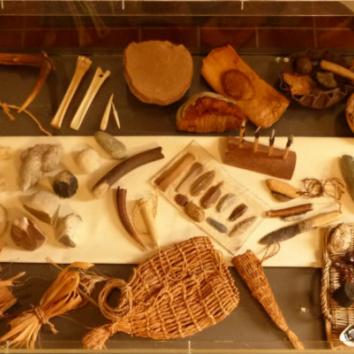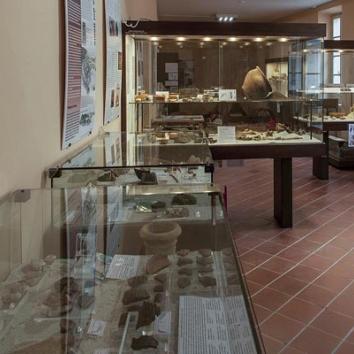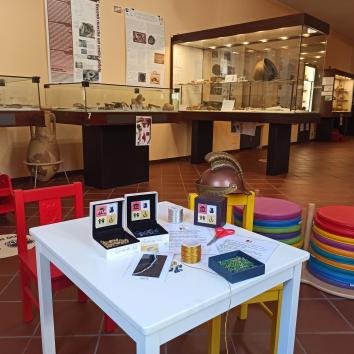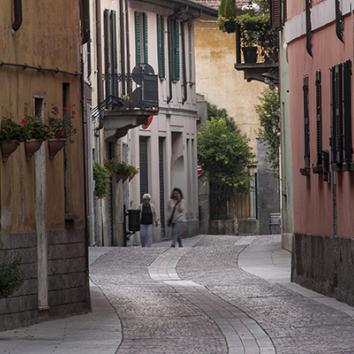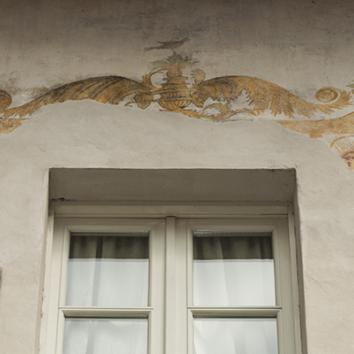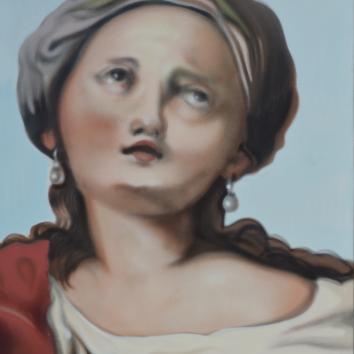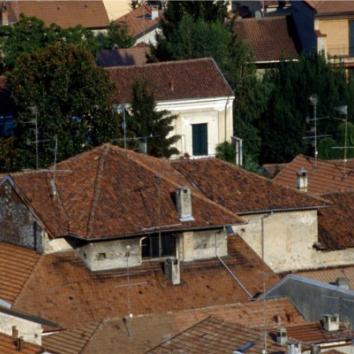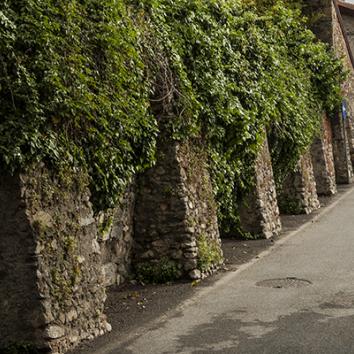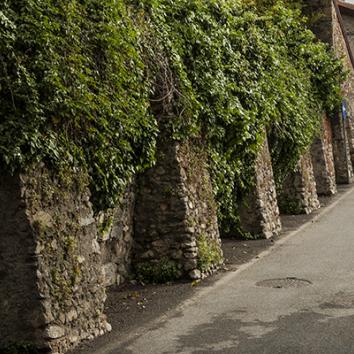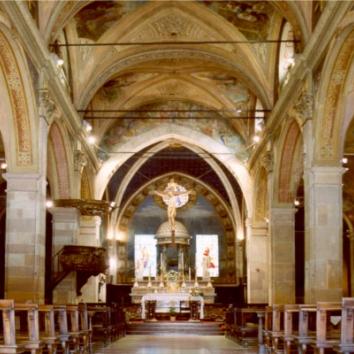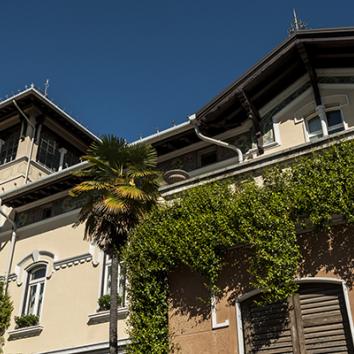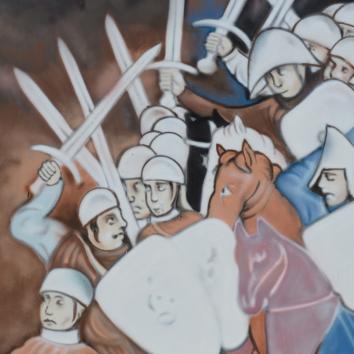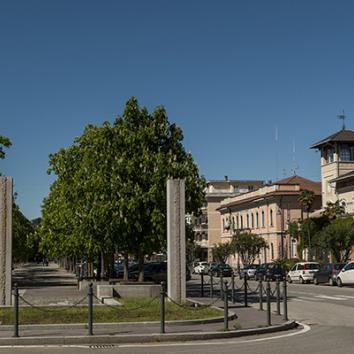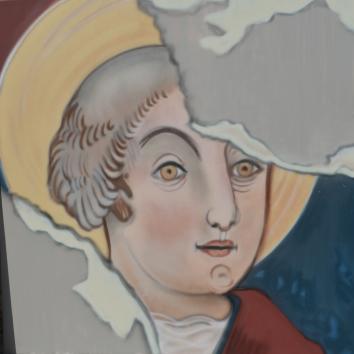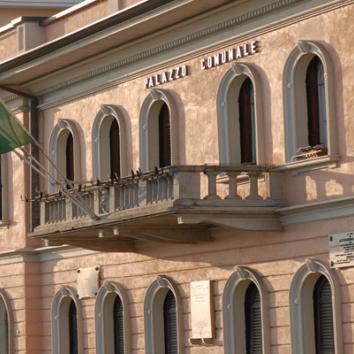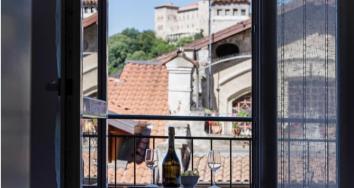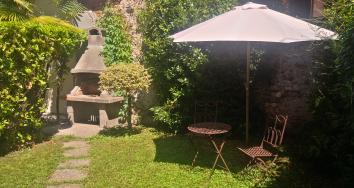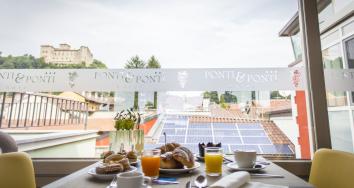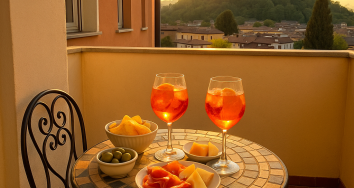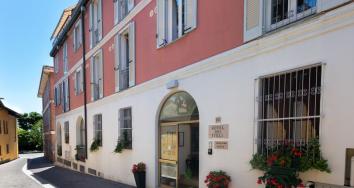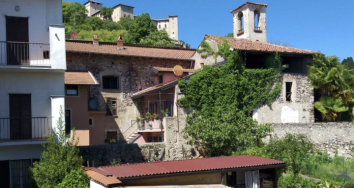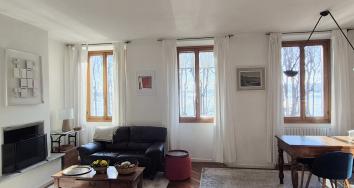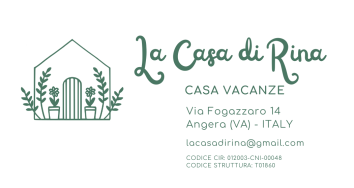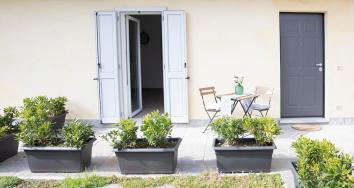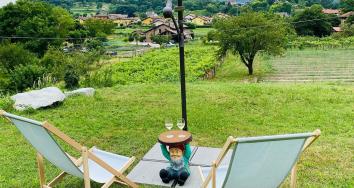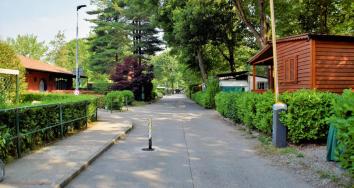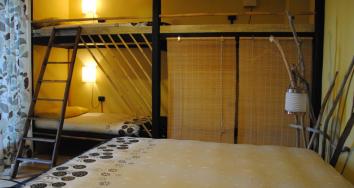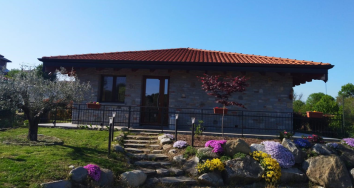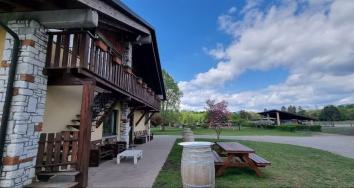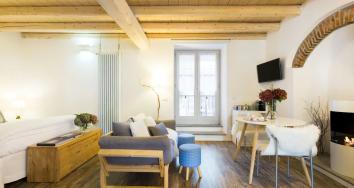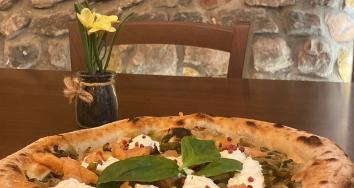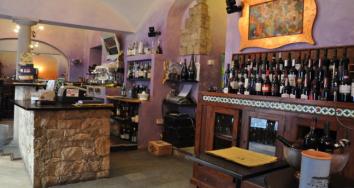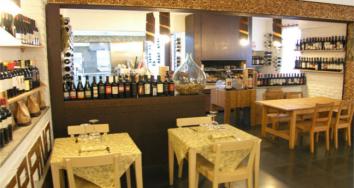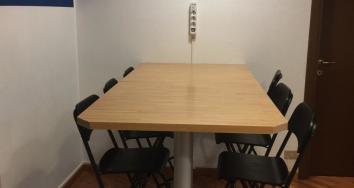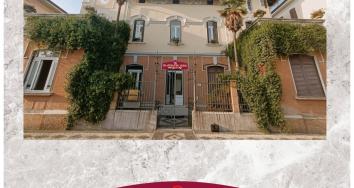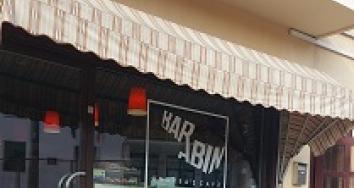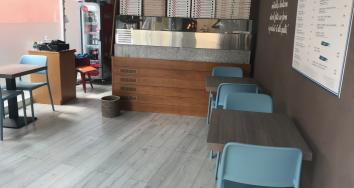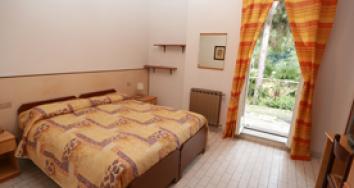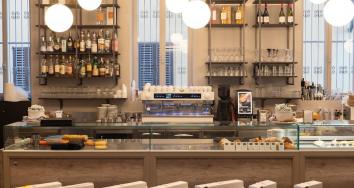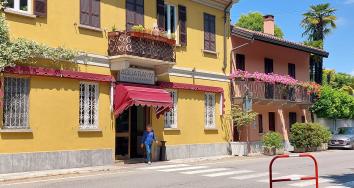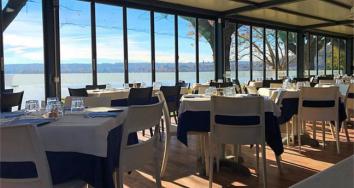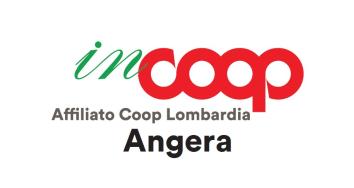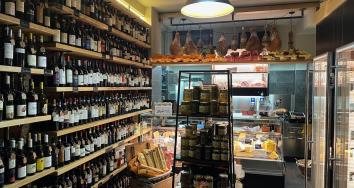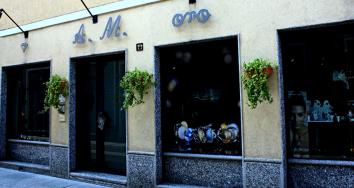Il Fanciullo di Angera
(2016)
Reproduction of the painting Boy with a Basket of Fruit by Caravaggio (1571-1610) using the ‘spray colours’ technique, produced by the artist Andrea RAVO Mattoni for the Angera September 2016 festival, as part of his project Una Pinacoteca a cielo aperto (An Open-air Art Gallery). The work was funded by the Tedeschi family and the Angera community.
In March 2016 Fascist slogans were written on several walls in the town centre.
The council invited Andrea Ravo Mattoni to transform the ugliness of this gesture and the defaced walls into a celebration of beauty, a memorable, universal beauty that would be shared by the entire community and would radically change the appearance of the square and road where it was situated.
The Tedeschi family, owners of the property chosen as the location of the work, encouraged and co-funded the initiative. The firm Nuova Clean supplied a mechanical elevator, Valentino prepared the wall surface, and the shopkeepers of Via Greppi and the Associazione ProLogo contributed goods and equipment for the inauguration ceremony.
Andrea Ravo Mattoni was born in Varese in 1981 into a family of artists and attended the Milan Accademia di Belle Arti; after numerous artistic experiences in Lombardy and elsewhere in Italy, in 2016 he developed the project Una Pinacoteca a cielo Aperto (An Open-air Art Gallery), with the aim of bringing to public attention paintings of particular importance in art history and encouraging the rediscovery of a wide range of classical works. Each painter and picture chosen has a specific connection with the local area where it is reproduced. The execution of each work is thus an act of direct dialogue with the locality, which becomes part of the project itself and a component able to contribute additional meanings to the experience of contemplating the reproductions. The purpose of Ravo's artistic project is to interest and involve as many people as possible in the strength and beauty of art: bringing paintings out into the open where everyone can see them, but using methods typical of contemporary and postmodern art. The aim is to propose a sort of art collection featuring works that until now have been displayed – and locked up – in the rooms of the world's great museums. It is not an attempt to substitute these, but rather to enhance them, giving them a new visibility.
An additional objective is to reawaken cultural interest in the areas where the paintings are reproduced. Other works by this artist may be found in Sicily, Lazio and Sardinia, and many more are planned in Italian and international locations (www.andrearavomattoni.com).
The council and artist chose a work by Caravaggio, one of Lombardy's greatest painte Boy with a Basket of Fruit, a stirring invitation to enjoy the fruits and beauty of Angera's natural resources and landscape, a basket full of grapes, a celebration of the grape harvest and protagonist of a festival – the Settembre Angerese – that harks back to 1497, when Ludovico il Moro granted the town the right to a market and two annual fairs.
The work by Caravaggio
The Boy with a Basket of Fruit is displayed in the Galleria Borghese in Rome; it was one of the first pictures painted in Rome by the young Caravaggio who, after finishing his apprenticeship in Milan under Simone Paterzano, was briefly associated with the flourishing workshop of Giuseppe Cesari, the Cavalier of Arpino. It was an intense and stimulating period which defined the essential characteristics of his painting: attention to detail, naturalism, the dramatic use of light, and a palette of bold colours. Caravaggio himself defined a good painter as “only he who knows how to paint natural things well”. This highly precocious work, executed in 1593, already contains all of these features: a boy, with a gently languid expression, holds a basket filled with fruit, which stands out against his white shirt, brightened by light coming from the upper left. Apples, figs, grapes, pomegranates, leaves, and the weave of the wicker basket, all are depicted with meticulous skill, and contrast with the softer, more delicate contours of the young man, as though a camera had been focused on the foreground. On the wall behind there is a shadow made by an object of unknown shape which – perhaps not by chance – evokes the form of a pair of ephemeral wings that frame this sensually soft, angelic figure, who seems about to confide in us. The play of colours resembles a musical counterpoint, moving from his white shirt to his deep black eyes and hair, and on to the highlights on the grapes, the dull colours of the leaves and background, to the reds, browns and greens.
The work shows clear signs of the painter's formative influences – the Mannerism of Peterzano, Lotto's bright illumination, Savoldo's mellowness – and his knowledge of Veneto and Flemish painting, and above his love of realism, a style fundamental to all Lombard art and perhaps still today typical of the characters of those who live in the area.
The inauguration
The painting was inaugurated on 24th September 2016. The ceremony was attended by representatives of the local authorities and conducted by the artist, actress and singer Anita Romano, who dedicated to the Fanciullo di Angera an evocative song by Eden Ahbez which highlights the message and purpose of this cultural and social initiative, planned and brought to fruition by Angera council for the good of the local community.
There was a boy
A very strange enchanted boy
They say he wandered very far, very far
Over land and sea
A little shy and sad of eye
But very wise was he
And then one day
A magic day he passed my way
And while we spoke of many things
Fools and kings
This he said to me
The greatest thing you'll ever learn
Is just to love and be loved in return
C'era un ragazzo
Un ragazzo molto strano e incredibile
Si diceva che avesse viaggiato lontano,
vagabondando oltre le terre e gli oceani
Era un po' timido e con una vena di tristezza in fondo allo sguardo, ma anche era molto saggio
E quel ragazzo un giorno
Un magico giorno incrociò il mio cammino
E Mentre parlavamo di molte cose
Di buffoni e di Re,
di potenti e di poveracci mi disse:
La cosa più grande che tu possa mai imparare
È amare ed essere amato
The text was written with the help of the art historian Carlotta Collarin.

